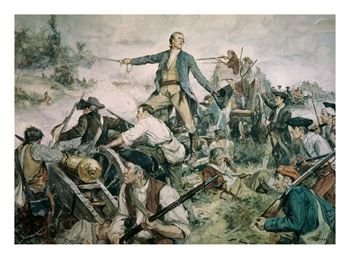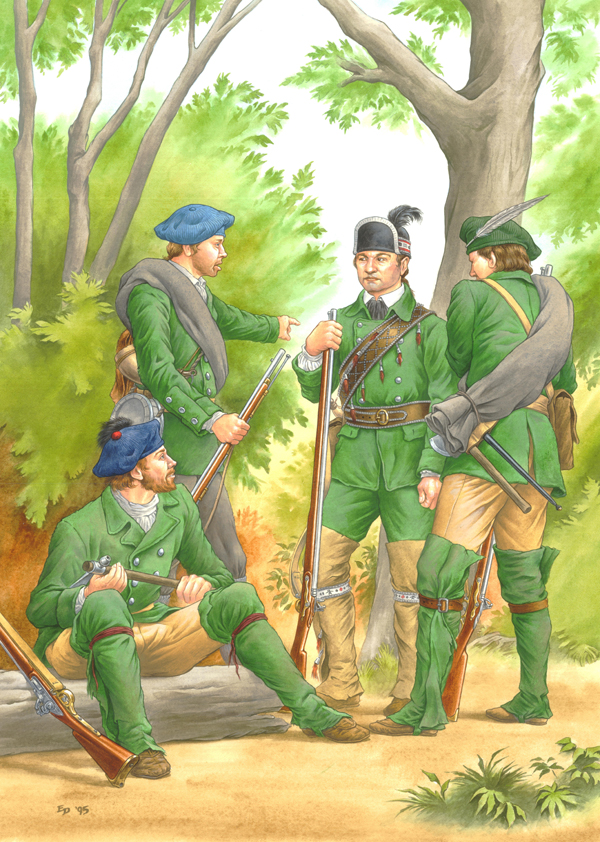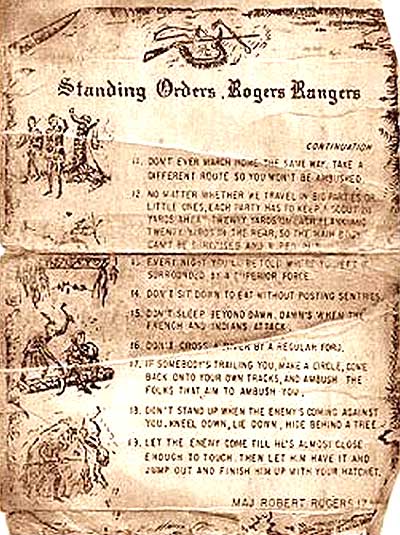http://independencetrail.org/images/stories-Surrender-of-Fort-W.jpg
The attack on Fort William Henry might well be called a siege, because it went on for days. In late July, 1757 the French under the
Marquis de Montcalm assembled a force of 3,081 regular troops, 2,946
Canadian militia, 188 artillery men and 1,806 Indians for an attack on
Fort William Henry. This massive French force moved in on the fort from every direction. As they approached the fort, damage increased until finally the they were close enough to fire mortars directly into the fort. Unable to hold the fort, the British admitted defeat, and Montcalm drew up what appeared to be generous terms of surrender. The chilling aftermath of the surrender came to be known as the Massacre of Fort William Henry.
http://llamabutchers.mu.nu/LakeGeorge.jpg
THE BATTLE OF LAKE GEORGE
The
Battle of Lake George was fought on September 8, 1755. The first engagement, which came to be called "The Bloody Morning Scout," occurred when the British headed south down the Fort Edward road
in an attempt to cut off French supplies. French
scouts heard about the British advance and hurried north to ambush them. The
French commander ordered his men to form a hook shape on both sides of the road,
and almost immediately, the British found themselves in a
trap. Military leaders on both sides were killed. Read here for more information (including
pictures) about the Battle of Lake George.
The remaining British panicked, wildly retreating north to a
small pond where they barricaded themselves behind stumps and logs and made
another brief stand before continuing their retreat. Other British forces were
immediately sent to assist. Preparations were hastily made against the
approaching French--several cannon and other field pieces were put in position.
The French regulars arrived around noon and marched directly into the center of
the British position, and were mowed down. Some British soldiers from the
morning battle attempted once again to retreat, causing confusion in the ranks.
William Johnson, in rallying them, took a musket ball in the leg.
Later that day, with most of the fighting over, some 300 New Hampshire and New
York Colonials who on their way to reinforce the
British garrison ambushed a group of French and Natives encamped for the night
near a pond. After a desperate struggle, the French force was almost wiped out.
Over 200 bodies rolled into the pond, staining the water red. That's how it got
its name, "Bloody Pond". In this conflict Rogers, the famous Ranger
made his debut as a soldier.Information from the above article can be found here.
http://www.military-history.org/wp-content/uploads/2012/04/Warrior-Rogers-Rangers-1small.jpg
THE AMAZING STORY OF ROGERS' RANGERS
THE AMAZING STORY OF ROGERS' RANGERS
The life story of Major Robert Rogers, the
New England frontiersman who recruited companies of colonial soldiers, known as
Rogers'
Rangers, to fight for the British in the French and Indian War, is a compelling
mix of military intrigue and national identity. This feisty major codified
colonial military strategies into a document, known as Standing Orders and put these
principles to practice in many battles, campaigns, and scouting expeditions. Check
it out:
For an easier-to-read copy of Rogers Rangers' Standing Orders, click here.
What follows is a five-part episode By Ray Mears who
allows you follow in the footsteps of Rogers'
Rangers as they withdrew through New England,
fighting off both the approaching enemy and starvation as fall turned into
winter. This is part of BBC's third series of "Ray Mears Extreme
Survival". It's a fascinating episode, and knowing how much we all love
the outdoors, it provides great lessons for surviving in the woods! Enjoy!
Ray Mears: Rogers’ Rangers—Part 1
Ray Mears: Rogers’ Rangers—Part 2
Ray Mears: Rogers’ Rangers—Part 3
Ray Mears: Rogers’ Rangers—Part 4
Ray Mears: Rogers’ Rangers—Part 5
Here's something else really worth watching if you're interested in Robert Rogers. This is called, "Rogers' Rangers, Ranging Way of War." (I find this stuff fascinating!)
~and~
an excellent primary document:
Reminiscences of the French war; containing Roger's expeditions with the New-England rangers under his command, as published in London in 1765
Reminiscences of the French war; containing Roger's expeditions with the New-England rangers under his command, as published in London in 1765
So much to learn, so much...
Be well,
Teri







